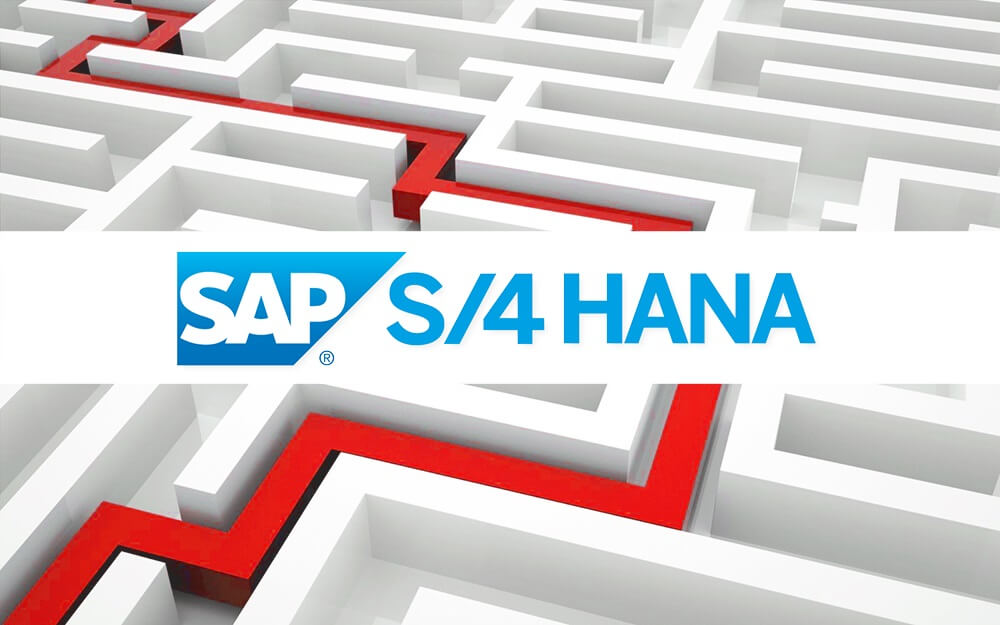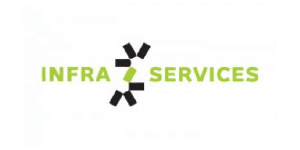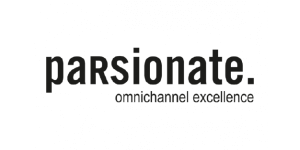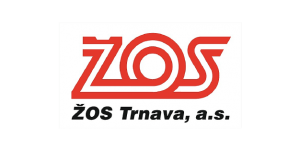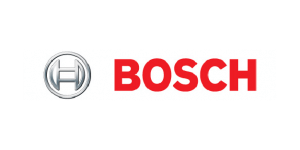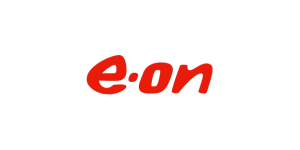On 4 February 2020, SAP announced the extension of maintenance for SAP Business Suite 7 (behind this designation is the well-known ERP system in version ECC 6.0). Maintenance is thus provided until the end of 2027 with optional extended maintenance until 2030 for an increased fee. After this information spread around the world, we probably won’t find a person in the SAP community who has not heard of this information. However, not everyone knows that this extension only applies to ECC systems with EhP 6 and higher, and to older versions, the original end date of maintenance on 31 December 2025, applies. Many companies thus face the question of whether to upgrade the current ERP to a version with longer maintenance, or whether to migrate to the flagship among ERP systems entitled S/4HANA.
SAP has designed and developed S/4HANA in response to the ongoing digitization of all aspects of our daily lives, and digitization goes hand in hand with two key challenges – the organization’s ability to connect with its clients and manage changes resulting from new and rapidly changing business models. Therefore, migration to S/4HANA is both a natural and often necessary decision for any organization that wants to be successful and able to meet those challenges effectively, take advantage of automation, advanced decision-support tools, as well as a huge number of innovations and opportunities that this new product brings.
If an organization has not used a corporate system based on SAP ERP yet, the only logical option is a new implementation of S/4HANA. However, if an organization already uses SAP ERP to maintain its processes, migration often raises more questions than natural answers. The purpose of this article is, in addition to the presentation of individual migration options for S/4HANA, especially to professionally specify the decision-making criteria that need to be taken into account when selecting the most appropriate strategy for a particular organization.
Conversion (brownfield)
With the help of a proven and well-documented procedure and a rich set of existing tools, the current SAP ECC system can be safely converted to the S/4HANA system. However, please note that the conversion to a new generation of corporate systems is not “just” another upgrade. After performing all pre-conversion checks, such as evaluating the need for conversion to Unicode, the need for dual-stack partitioning, checking the minimum versions of the operating system and database, determining the conversion paths of individual SAP products, analysing add-on solutions, evaluating customer development (Z-objects, extensions and modifications), and making sure that they are compatible, it is possible to carry out the conversion itself. From the project point of view, it is one conversion project with a single shutdown of productive operation. Although it is a single project, three necessary stages take place during it: database migration from the original database to the new SAP HANA 2.0 database system, data conversion from the original SAP ERP data model to the new S/4HANA data model, and the upgrade of the SAP ERP application code to S/4HANA. After the conversion, the S/4HANA system will remain in operation with complete customer development, and with all the original data, but already rearranged in the new data model. Subsequently, the individual post-conversion steps are carried out – the adaptation of the user interface, the optimization of key processes to take advantage of the SAP HANA database, cleaning up data and functional developments in individual areas according to the priorities and preferences of the relevant organization.
In an ideal world, conversion appears to be a clear choice, but we know from our experience that many organizations do not use their SAP ERP perfectly, work on the basis of obsolete processes, have created a number of often forgotten customer extensions, reports, and interfaces. In some cases, despite large quantities of data, a new implementation appears to be a more appropriate solution. Also, if an organization wishes to innovate and transform its business, it will be easier with a new implementation.
New implementation (greenfield)
It is worth considering the new implementation in several contexts. If there are changes in the business as such, i.e. the company re-evaluates the ways in which they generate profits, at the same time requirements for the implementation of these changes in the corporate ERP system occur. Another reason may be reengineering, the consolidation and standardization of business processes. It is just the standardization of processes that goes hand in hand with the so-called “clean core”, which in practice means the elimination of any modifications to the standard and the maximum use of native methods of S/4HANA extension (so-called in-app extensibility, or side-by-side extensions). However, practice usually confirms the exact opposite due to the existence of massive customer developments. Instead of standardizing their processes during the initial implementation of SAP ERP, many organizations adapt processes in SAP so that they do not have to change their previous habits. Similarly, massive developments have occurred in cases where, instead of using a comprehensive standard module or extension, an organization made minor developments at the relevant time that could function more effectively but over time it has changed to a difficult-to-maintain Moloch. The result of such massive customer extensions and modifications was subsequently the inability to adapt to changes quickly because every adaptation requires considerable efforts and costs. The problem is also the operation of the customer solutions and the high cost of any attempts for upgrade, innovation or standardization. In addition to a lack of standardization, other “imperfections” of existing implementations tend to be commonly visible. These may include a suboptimal structure of the company, which was set during the initial implementation of SAP ERP, when the organization did not fully understand the principles of corporate structure in SAP and today it would be appropriate to rationalize it. By analogy, it is possible to change master data structures (e.g., customer and supplier account groups, the structure of the chart of accounts, cost centres etc.).
Migration to S/4HANA entails an ideal opportunity to get rid of the above-stated imperfections through a new implementation.
So which method is suitable for our organization?
It is usually not possible to indicate one of the migration methods as correct and the other as incorrect. However, answering the following eight questions will help you make a decision:
1. Migration to S/4HANA initiated by IT or business?
IT – We need to be on the latest platform, we will think about innovations later.
Business – We see a great opportunity to change some processes and take advantage of the advanced possibilities that SAP brings, or we want to take advantage of innovations earlier than our competitors.
It is not realistic to start a process transformation based on an IT project, so IT-sponsored projects are typically conversion projects that will prepare the ground for future gradual process innovation.
2. Is our system compatible with conversion requirements?
Yes – All requirements are met, the system is Unicode, the only stack is ABAP, all add-ons are compatible, and SAP solutions for S/4HANA are available.
No – We must meet the set requirements before the conversion itself.
If the system cannot be technically converted in one step, a new implementation is probably a better choice. Combining the upgrade and conversion in one step would probably result in a longer production system outage, which the business would not have to accept.
3. Do current processes support your long-term strategy?
Yes – Most of our business processes are correct and correspond to our strategy.
No – The model of our business has changed in the recent years, and our system does not reflect the changes; or we have areas not covered by our system, or we do not plan to change our processes.
Redesign of processes or operation of an obsolete system create preconditions for greater suitability of a new implementation.
4. Can you imagine standardization, but you need to maintain existing customization?
Yes – We see the operational benefits of standardization as a great benefit.
No – Our unique customization is key for our organization and only thanks to it we have a unique competitive position on the market.
Standardization brings agility and lower operating costs, which favours the new implementation.
5. Can your organization maintain its strategy only with continuous innovation?
Yes – Continuous innovation with small steps is common in our company and well-managed.
No – By migrating to S/4HANA, we want to achieve an immediate overall change, because it is essential for us.
If you want to avoid major changes and continuous innovation suits your company better, conversion is a more appropriate strategy.
6. Do you need existing transaction data in the new system?
Yes – We need to keep all transaction data after migration, as this is essential for our business.
No – Historical transaction data can be archived in an appropriate manner.
The need to have all historical transaction data in the production system is probably the strongest argument for conversion.
7. Do you use a large number of integration interfaces for other systems?
Yes – We operate a large number of interfaces.
No – We have a relatively low number of integrations, or we have a high number of interfaces, but we plan to move them to a separate integration environment (e.g., SAP Process Integration / Orchestration).
The higher the number of interfaces operated, the more sense it makes to consider conversion.
8. Does it make sense for you to consolidate the system landscape and processes?
Yes – Our company has several subsidiary companies in various business systems; the consolidation of systems and processes is a priority for us.
No – We do not need to consolidate systems into a common one.
If so, please consider primarily a new implementation that consolidates all systems and processes into a single one.
Not all of the points described above have the same weight for every organization. However, they will help understand when the choice of one or another migration strategy is a plus and a minus.
Other options (bluefield)
One of the two options presented above, i.e. the conversion or new implementation should suit most organizations. However, in some cases (SAP provides statistics of 5%), situations arise for which it is necessary to select an individual strategy and set out, for example, on the way to some of hybrid scenarios, embark on a process of transformation of the existing SAP landscape, or consider implementing a central financial system. However, the description of these strategies would, due to their marginality, go beyond the original purpose of this article, which was to present two basic strategies for the transition to S/4HANA and in particular to help decide on the appropriate procedure in the conditions of a particular organization.
